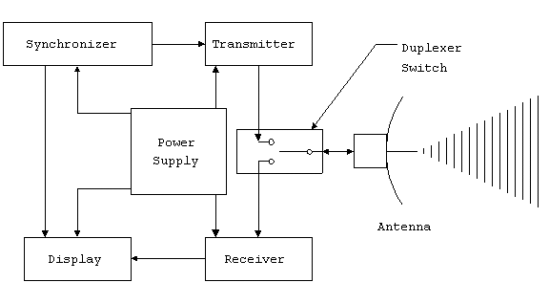|
Homepage Disclaimer to these pages Part XXXVI Part XXXVII Index to birth of Kweb |
||
|
Extra text to 16 September |
||
|
The study of electronics is a very important study, of course when there are standard apparatus that can be used or easily rebuild & that is handy too. But making electronics entirely according towards your needed specifications is very important. And the hobby of electronic tool making is a
very nice hobby, one can start with small things like electronic dice or
simple radio receivers build from loose parts. Beside this practical
knowledge you must gain a bit of theoretical knowledge about those sine
and cosine things that rule the fine tuning of frequencies in receivers
& transmitters. After you have mastered the theory & practical difficulties behind receiving and sending radio signals and you have collected lots of handbooks with loose electronic parts it is time for you to study how to make antennas. You need to think upon ways that make these antennas rather concealed, so that for example they look like an integral part of a work of art. Since it is your goal to disrupt air traffic around the major airports you don't want to get caught behind your transmitter. That will only lead to jail time in private run & owned corrupt prisons, that is counter productive and a waste of time and a waste of 'feeling good'. So your transmitter must be activated and shot down from a distance. Yes, a remote controlled transmitter is what you need. Take into account that when authorities find your transmitter that there must be no fingerprints on it, try to find chemicals that break down your DNA traces on the transmitter without destroying the fine electronics in it. Field experiments are important, how many watt you must send out so that indeed air traffic is disrupted? I do not know but you must find that out. Since the authorities rather likely will hunt down the transmitter you will face all kinds of questions to answer; for example can the transmitter be mobile without you being near it? Or can you place it on a spot that is very hard to reach (high in some mountains or so, together with some large car batteries to keep the transmitter running for some time.) So be creative, it can be a nice and rewarding hobby. If you have the brains you can outbeat and outsmart thousands of authorities that have many million dollar budgets. And that will make you feel good, but be careful and never get caught. Because when you can do this many years it is even more fun! It might sound hard to build transmitters that send on a lot of frequencies simultaneously (or rotating over the frequencies) but a lot of it is already there. Frequency rotation is a common technique and with a bit of luck you can copy entire schemes to the frequencies you want to block. Think always forward, when for example the aviation technicians indulge a new technique named 'density transmission' (meaning that with just 100 or 200 milliseconds of transmission to air planes a full second of transmission can be reconstructed) how do you counter that? But time is on your side because complete new technical standards always take lots of time and efforts to implement. And do not worry upon the loss of lives and or damage, if your government wasn't that corrupt this wasn't needed in the first place. Corruption is a choice, don't forget that. All countries get the attacks they deserve. Below you can find a few frequencies as in use at one of the American airports. Good luck with climbing the learning curve and never give up. When you work on your own it might take two full years or even longer, with a team it might take shorter. But you will face all kinds of difficulties that you and I can't even imagine right now. GOOD LUCK! __________________________
Update3 from 01 November 2004: A bit
more on the previous update, because one way or the other it is not that
difficult to blind radar. Analyzing the frequency spectrum send out by the
radar and after that beeping the 'right dose' back is not as difficult as
sending a man to the moon. A simple picture to understand how you can easily attack all that expensive radar stuff, radar is more or less made from seven basic (yet complicated) components: You see that so called 'Duplexer Switch'? There is where the technical vulnerability is. Many megawatts are sended out and only the tiniest of miliwatts returned. When in between two pulses sended out the by the radar there is 'too much noise' the radar is blinded. Just a pic for two pulses sended out (again from the US army files, just like the picture above): Title: Only
in between these pulses, the radar can 'listen'. (Of course PW = Pulse width, RT = Rest time and PRT = Pulse repeating time...) Well good luck with this all, aviation radar can be blinded and air traffic communications can be noised out. All that is left that it is indeed possible to bring over one hundred planes down for the same amount of money as the four 9/11 planes did. Good luck and have a nice life.
__________________________ Some extra info upon aviation frequencies for radio contact:
Title: Just
a little greeting card to the US aviation experts. |
||


